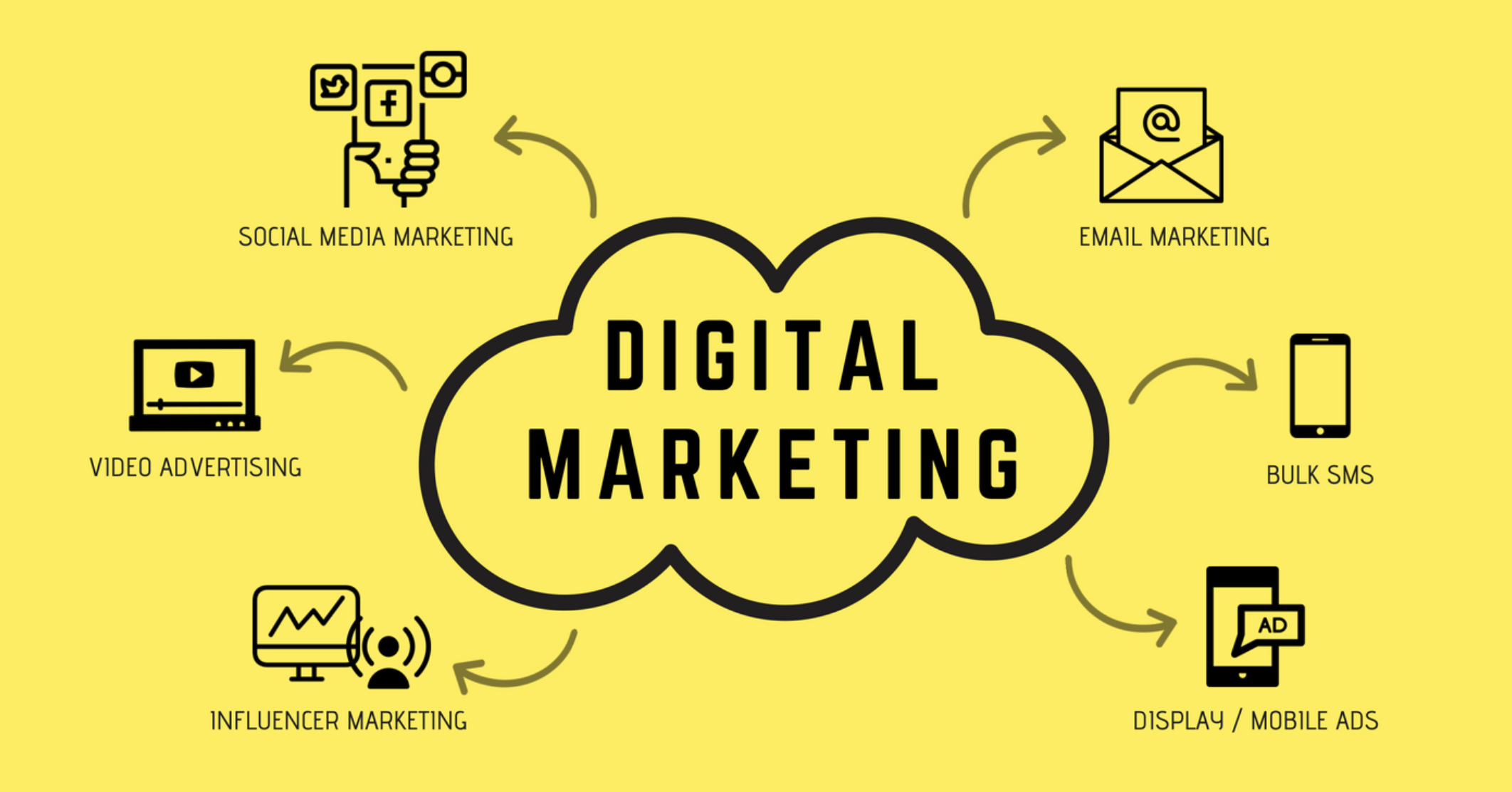Drive Growth with Digital Marketing Carlsbad: Your Path to Online Supremacy
Drive Growth with Digital Marketing Carlsbad: Your Path to Online Supremacy
Blog Article
Enhance Individual Experience and Drive Website Traffic With Responsive Internet Layout
In today's electronic landscape, where individuals are accessing web sites from a wide range of devices, receptive web design has actually become more vital than ever. With its ability to adapt and perfectly adapt to different display dimensions, receptive style not just enhances user experience however additionally drives web traffic to your website. Why is this layout strategy so crucial? How does it boost user engagement and increase website web traffic? In this discussion, we will discover the crucial elements of efficient receptive style, dive into the very best techniques for its application, and discover the secrets to improving user experience while driving more website traffic to your internet site.
Why Responsive Website Design Issues
Responsive internet design is a crucial aspect of modern-day web development as a result of its capability to make sure optimal individual experience throughout numerous tools and screen sizes. With the spreading of smartphones, tablet computers, and other smart phones, it has become essential for websites to adjust and provide seamless capability no matter the device being made use of.
The primary reason receptive web style issues is that it enables customers to have a enjoyable and constant searching experience, no matter of the gadget they are making use of. A receptive site immediately readjusts its content, design, and design components to fit the display size and resolution of the device, guaranteeing that individuals can easily navigate and engage with the web site with no inconvenience or stress.
Moreover, responsive website design additionally plays a significant role in search engine optimization (SEO) Internet search engine, such as Google, focus on internet sites that are mobile-friendly and receptive in their search engine result. By including receptive style principles, sites can boost their visibility and position, bring about raised natural web traffic and prospective customers.

Boosting Customer Engagement With Responsive Layout
Optimizing customer involvement is a vital goal of receptive layout, as it guarantees that users can quickly accessibility and engage with website material on any type of tool. With the raising use of smartphones and tablet computers, it is vital for internet sites to adapt to different screen sizes and resolutions. Receptive layout makes it possible for internet sites to automatically adjust their layout and content to give a smooth customer experience throughout tools.
Among the major ways receptive layout boosts user engagement is by decreasing load times. With a receptive website, users do not need to await different mobile versions to lots, leading to much faster accessibility to material. This enhanced speed leads to greater customer satisfaction and encourages them to invest even more time on the website.
In addition, receptive style improves user involvement by boosting navigating and user interface (The Ad Firm seo). When a website is made responsively, food selections and buttons are maximized for touch communications, making it much easier for individuals to engage and navigate with the site on their mobile phones. This easy to use and intuitive experience maintains users involved and motivates them to explore even more of the site
Furthermore, receptive design permits much better content exposure and readability. By adapting the design and font dimensions to different gadgets, responsive internet sites guarantee that customers can easily understand the web content and read. This enhances customer interaction by lowering the requirement for zooming or scrolling to review the text.
Enhancing Internet Site Traffic With Responsive Website Design
With the growing popularity of mobile tools, having an internet site that is responsive to various screen dimensions and resolutions is essential for driving enhanced web traffic. In today's digital landscape, individuals are accessing web sites from a variety of gadgets such as mobile phones, tablets, and desktop computers. Each of these gadgets has different screen sizes and resolutions, and if your website is not created to adjust to these variations, it can bring about a poor customer experience and a loss of prospective website traffic.
Receptive web style makes sure that your web site looks and works efficiently across all devices. By using flexible grids, fluid images, and media questions, receptive style enables your website to immediately readjust its web content, navigation, and design to fit any type of screen size. This suggests that individuals will have a smooth browsing experience despite whether they are making use of a small smart device or a big desktop computer system.
Secret Elements of Reliable Responsive Layout
Reliable responsive style integrates numerous key aspects that make certain a seamless customer experience across different tools. This permits content to be shown in a aesthetically enticing and readable manner on any gadget.
One more vital component is media queries. These enable developers to use various designs and formats based upon the attributes of the customer's tool, such as screen size and alignment. By utilizing media queries, designers can enhance the presentation of material for every tool, making sure that it is readable and easily accessible.
Responsive images are additionally essential in effective responsive design. Images that are too huge can decrease page lots times on mobile devices, while images that are too tiny might show up pixelated on larger displays. By utilizing methods such as responsive image resizing and lazy loading, developers can make certain that images are appropriately sized and optimized for each tool.
Last but not least, efficient responsive design entails a mobile-first strategy. This implies designing and focusing on content for mobile devices initially, and afterwards broadening and enhancing the layout for larger screens. This strategy makes certain that one of the most you could check here essential content is quickly accessible on smaller screens, while still giving a rich experience on bigger gadgets.
Best Practices for Applying Responsive Internet Style
Implementing receptive discover here website design needs mindful consideration of different best techniques to guarantee an optimum individual experience throughout different tools. When implementing receptive web style., here are some crucial ideal practices to adhere to.
To start with, it is critical to prioritize mobile customers. With the enhancing supremacy of mobile devices, making for mobile-first has come to be essential. Begin deliberately for smaller sized screens and afterwards progressively improve the format for larger screens.

Another vital finest technique is to enhance images for different screen resolutions. Huge images can reduce down the packing time of your internet site, particularly on mobile phones with slower links. Usage receptive images that can be resized based on the tool's screen resolution to boost performance.
Furthermore, test your web site on different devices and display sizes to make sure a consistent and smooth experience. There are various screening devices available that can assist you recognize any type of concerns and make required changes.
Lastly, prioritize use and accessibility. Make sure that your internet site is easy to navigate, with succinct and clear content. Make sure that your web site is accessible to people with specials needs and adheres to ease of access standards.
Conclusion
Finally, responsive internet layout plays an essential function use this link in boosting user experience and driving web traffic to web sites. By taking on receptive layout concepts, websites can guarantee optimum seeing experiences throughout various tools, bring about increased user engagement (The Ad Firm Web Design). In addition, receptive layout can likewise add to higher site traffic as it improves search engine rankings and helps with easy sharing of content. Organizations must concentrate on carrying out the essential elements and ideal methods of receptive style to efficiently fulfill the demands of contemporary users.
Enhancing customer interaction is a vital goal of receptive design, as it makes sure that users can quickly access and engage with internet site material on any kind of device. Responsive style makes it possible for websites to instantly adjust their layout and material to provide a seamless individual experience throughout tools.
Furthermore, responsive design enhances individual involvement by improving navigation and customer interface.Responsive images are likewise critical in effective responsive style. By taking on receptive layout principles, sites can make sure optimum viewing experiences across different gadgets, leading to boosted individual engagement.
Report this page